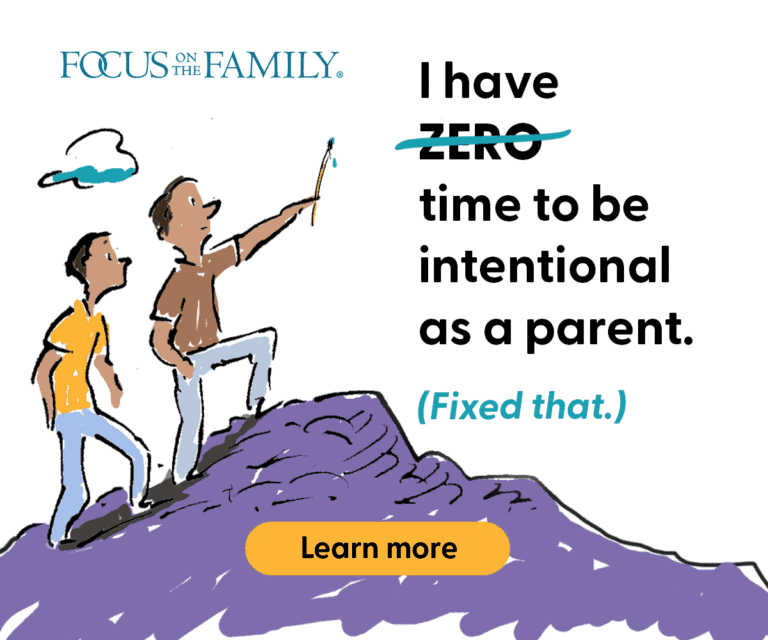There is just something special about kids and pets — the bonding, companionship and even early training in empathy. Here is how some parents have started teaching their children to act around and care for the family pet.
Make pets part of the family
To help teach our children responsibility for their pets (a
frog, guinea pig and bird), we made sure the cages were centrally located in our house. The animals’
homes never went into a bedroom because it was too easy to overlook their care when they were out of
sight.
With everyone in the family seeing our pets daily, we kept their cages clean. And yes,
it was a family effort. For example, one person might hold the guinea pig while another swept out
the shavings and mess and a third person quickly cleaned the floor.
We all learned to play
with and care for each animal. And through it all, we made family memories. We still talk about our
whistling guinea pig that pleaded for treats whenever the fridge door opened.
—Danielle Pitzer
Pet Owners in Training
My husband and I knew what was coming whenever our family saw a
“free puppy” or “free kitten” sign. Our four tenderhearted girls would ask for the animal and then
immediately promise, “We’ll take care of her.” Knowing these promises were less than reliable, we
decided to give the kids hands-on experience caring for an animal before we considered getting one
of our own.
Prior to summer, we asked Alexa, our oldest daughter, to approach several
neighbors to explain she was available to care for their pets while they were on vacation. She
received four offers that first summer — three to take care of pets and one to water plants.
With the help of her sisters, Alexa drew up a game plan of tasks she would need to do each day: Walk
the animals, feed them, clean up after them, give them time outside, etc.
For each
pet-sitting job, Alexa asked a younger sibling to help. Each day of work, they would go through
their list and check off items. They quickly learned that if they did not perform tasks like letting
the dog out on time, they had more work to do. Soon they were excusing themselves from neighborhood
games early so they could put the dog in for the night before it grew too dark.
Then Alexa
made notes and reported back to the owners when they returned. Those initial experiences paid off
with additional jobs. Slowly the younger children took more responsibility in the jobs, too. By the
time we got our own cat and dog, each girl was able to use the skills she had developed to
participate in caring for our new pets.
—Julie Reece-DeMarco
Gentle With Pets
A year ago, my husband brought home a German Shepherd puppy. Our kids were thrilled. My husband and I realized almost immediately that we would have to train our 13-month-old son to be gentle with the puppy. Here’s what worked:
Scheduled petting times. During our son’s calmer moments, such as first thing in the morning, we sat down with him and the puppy and helped him practice slow, gentle petting. Our toddler (and the puppy) still got lots of rambunctious playtime, but not together.
Taking away a privilege. We emphasized to our kids that caring for an animal is a privilege. If our son pulled the puppy’s tail or was too rough, we made him sit down and wait until he could play with her calmly. He learned that mistreating an animal was not allowed.
Setting an example. We showed our son how to treat an animal in the proper way by allowing him to help us feed, walk and bathe our puppy.
—Alison Wood
Baby-Proof Your Pet
Beginning crawlers are naturally curious, and pets are just the right height to pull, poke and push. If Fido spent many years without this kind of interaction, his response may not be cute or harmless.
For several years, my wife enjoyed roughhousing with our beagle. But with a baby on the way, we had to retrain Blaze to not respond when physically provoked. With plenty of treats and verbal praise, our dog learned not to growl when prodded or pushed.
More pet safety tips:
• Introduce pets to your baby only when you can supervise.
• Designate an area, such as the nursery, as a pet-free zone.
• Keep your baby and pet toys separate to prevent jealousy.
—Steve Johnson
Feed the pet
Give your child a measuring cup and show him how much food to put in Rover’s bowl. Then help your son fill the water bowl as well. Because he can’t yet reach the sink on his own, he can fill a cup with water and transfer it to the dish. When he sees Rover chowing down on the food, praise your child for taking care of his pet.
— Abigail Cleveland
Our Hamster, Sadie, Disappeared
Our hamster, Sadie, disappeared.
I gathered my detective gear and examined the cat. She was a stray — shady and unknown — but her teeth were clean. Next came the dog. He thought I was playing and licked my face. My last suspect was 3-year-old Amanda, who had a rap sheet a mile long.
“Did you take Sadie out of her cage?” I asked.
“Uh huh.”
“When?”
“Tomorrow. When’s my birthday, Mommy?” Her evasive tactics were adorable.
I wrote my report, stamped it closed and stuck it into an overflowing file marked “pet disasters.” But that afternoon as I heard a scratch above the kitchen sink, I switched from detective to search and rescue. I called pest control, and they told me to set out traps, because if she died in the walls, which was inevitable, the stench would be horrendous.
I was unwilling to kill Sadie, so our hamster scratched all evening, and we talked to her through the wall. “Come out, Sadie. We love you!”
That night I awoke to Amanda’s wails. “Who’s doing that?” she cried with her eyes still shut. A scratch came from inside the wall just above her head.
“It’s Sadie,” I whispered. “She’s saying goodnight.”
“Goo’night, Sadie,” Amanda replied drowsily.
A day later, the scratching stopped. All that was left was to wait for the smell.
Then from nowhere, Sadie suddenly dashed across the floor, followed by our dog. I switched from search and rescue to animal control and yanked the dog back to free the rodent. Our hamster didn’t move. The dog strained against my grasp, and out of the corner of my eye, I saw the cat moving in. I lunged toward the hamster, simultaneously with the cat and dog. Sadie jumped up and disappeared into a hidden corner hole. The three of us landed in a heap on the floor. As the dog and cat slammed into the wall to get Sadie, I decided to close the case, again.
We periodically have Sadie-alarm drills, to be prepared in case she darts back into our lives; next time, we’ll be ready. Meanwhile, Amanda kisses the wall above her bed each night and says, “Goo’night, Sadie.” And that’s enough for my 3-year-old.
—Maureen Dreman















